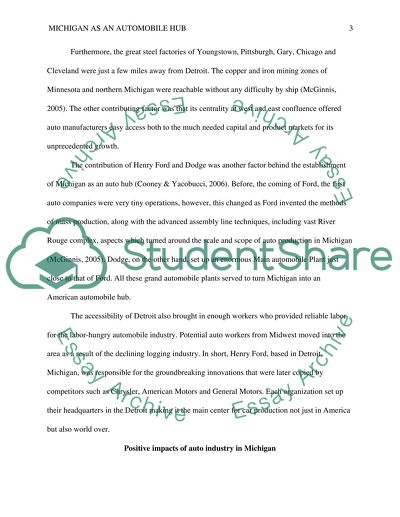Cite this document
(“The automotive industry in For almost the past hundred years the Essay”, n.d.)
Retrieved from https://studentshare.org/history/1496518-the-automotive-industry-in-for-almost-the-past
Retrieved from https://studentshare.org/history/1496518-the-automotive-industry-in-for-almost-the-past
(The Automotive Industry in For Almost the past Hundred Years the Essay)
https://studentshare.org/history/1496518-the-automotive-industry-in-for-almost-the-past.
https://studentshare.org/history/1496518-the-automotive-industry-in-for-almost-the-past.
“The Automotive Industry in For Almost the past Hundred Years the Essay”, n.d. https://studentshare.org/history/1496518-the-automotive-industry-in-for-almost-the-past.


